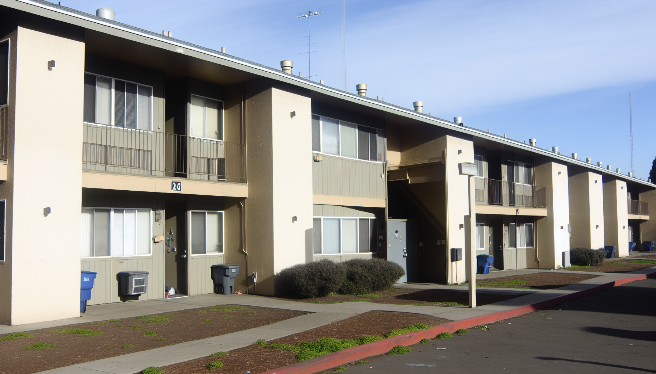When it comes to affordable housing, few programs are as misunderstood as Section 8. People from all walks of life might need a helping hand with housing at some point, so I’m here to separate fact from fiction. The truth might surprise you, and just maybe, it’ll be the helping hand you need.
Understanding the Basics of Section 8 Housing
Section 8 is officially known as the Housing Choice Voucher Program. It’s designed to help lower-income families, the elderly, and persons with disabilities afford clean, safe housing. The program is federally funded but run by local Public Housing Agencies (PHAs).
Here’s the deal: eligible participants receive a voucher that covers a portion of their rent, and they’re then free to find their own housing, as long as it meets the program requirements. It’s not limited to apartments in low-income housing projects—many private landlords accept Section 8 vouchers.
The Historical Context of Section 8 Housing
Understanding the past can give us insight into the present. The U.S. Department of Housing and Urban Development (HUD) introduced Section 8 in 1974, aiming to provide a new, flexible approach to assist the struggling populace with housing costs.
Why does this matter? Because the program was born out of an era when the government sought to address rampant poverty and to offer more choices than traditional public housing could. Now, it’s part of the fabric of our social support system—and knowing its roots can help undermine some of the stigma attached to it.
Key Components and Features of Section 8 Housing
Let’s break down the nuts and bolts. The program’s key components include income limits (your household income can’t surpass 50% of the median income for the county or metro area), housing inspections (to ensure safety and health standards), and tenant contributions (you generally pay 30% of your monthly adjusted gross income for rent).
Another feature that’s often overlooked is portability. If you’re a voucher holder, in many cases, you can take your voucher with you if you move to another jurisdiction. It’s about providing stability, despite changing circumstances.
Analyzing the Impact of Section 8 Housing on Community
The effects of Section 8 stretch beyond individual families—it influences entire communities. Economists and urban planners have studied its impact on neighborhoods, finding that well-managed programs can lead to more diverse communities and help break up concentrations of poverty.
There are critiques, too. Some worry that Section 8 can contribute to a decline in property values or that it may be a burden on schools and other public services. However, strong evidence to back these claims is lacking. It’s something to ponder and discuss.
Future Trends Related to Section 8 Housing
The winds of change are always blowing, and Section 8 housing is no exception. Anticipated trends include expanding funding (given the increasing need), streamlining the application process (perhaps moving it online), and increasing landlord participation (to provide more housing options for voucher holders).
So where does this leave us? It’s vital to stay informed and engaged with housing policy—our homes, and those of our neighbors, may depend on it.
Navigating the world of affordable housing can be tricky, but I hope this post has cleared the waters a bit. Remember, understanding the system is the first step to making it work for you. And as always, I’m here to keep these conversations going because we’re all in this together. Keep an eye out for more real-talk advice on managing life’s financial curves.



